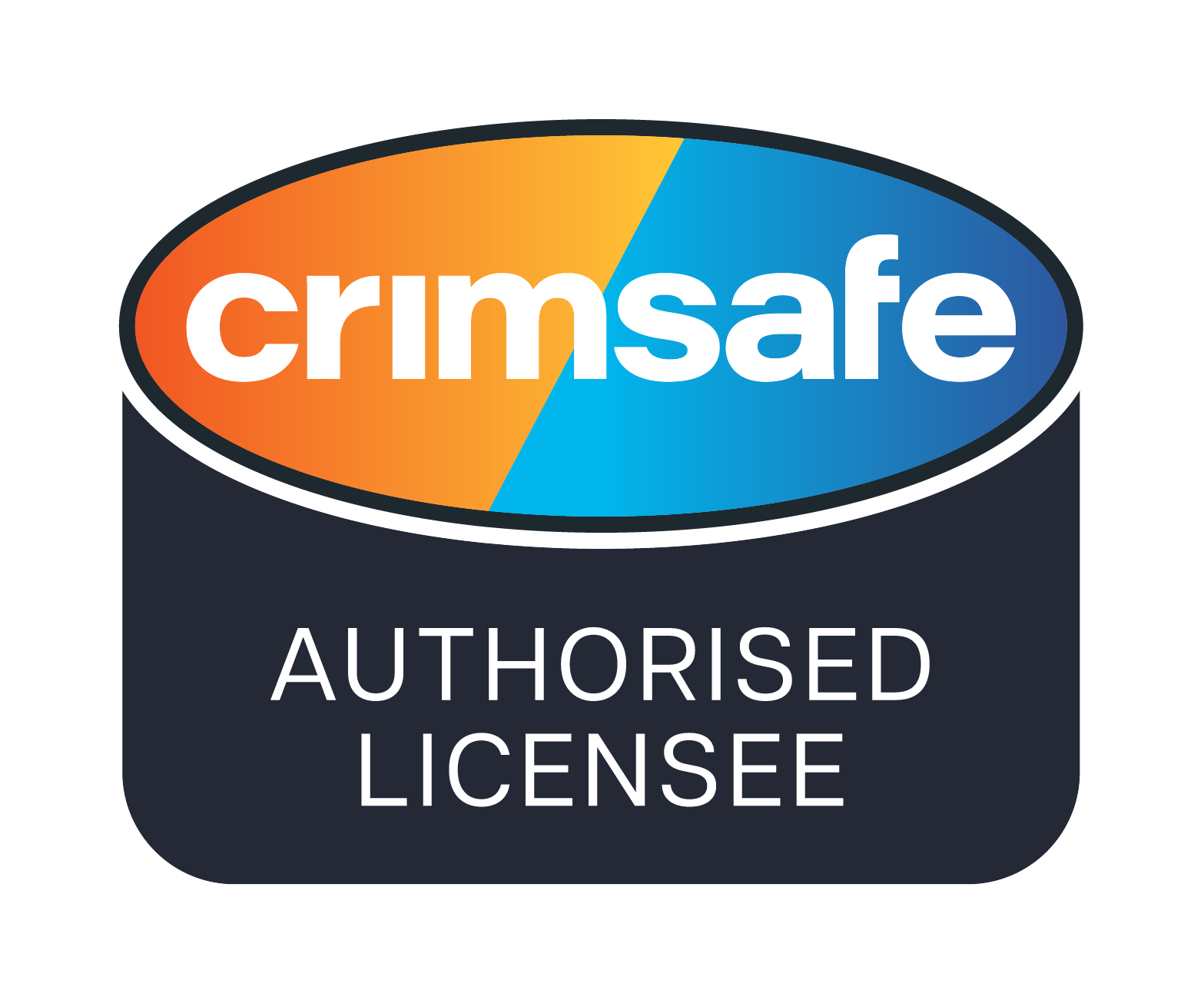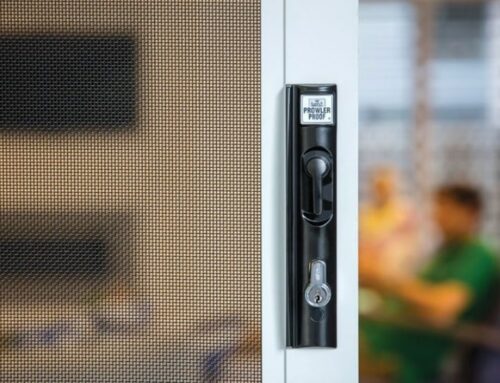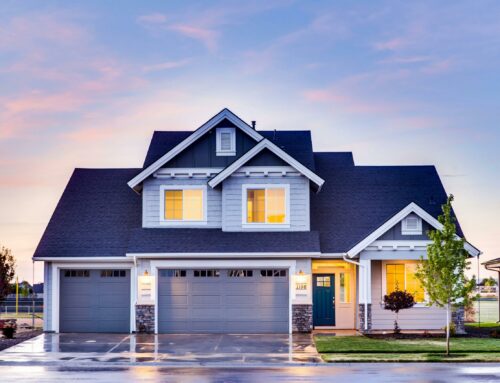Traditional locks and alarms are insufficient for comprehensive home security. Ever wondered why your home still feels vulnerable despite having locks and alarms? Discover how upgrading to a smart home security system can offer unparalleled protection and peace of mind, ensuring your home and loved ones are safeguarded against modern threats.
Vulnerability to Lock Picking and Bypassing
Traditional locks, such as pin tumbler locks and deadbolts, are susceptible to picking, bumping, and other lock manipulation techniques. Skilled burglars can easily overcome these locks, gaining unauthorised access to your home. Additionally, they can use lock bumping tools or even break the lock itself to enter.
Key Duplication Risks
The traditional key-based locking systems are also vulnerable to key duplication. If you lose your keys or someone untrustworthy gets their hands on them, they could easily have copies made, compromising your home security.
Limited Control and Monitoring
Traditional alarms offer basic protection but typically lack advanced features like remote monitoring and control. In case of an alarm trigger, they may emit a loud noise to alert you or your neighbours, but they do not provide real-time updates or allow you to respond actively to potential threats.
False Alarms
Traditional alarm systems are also prone to false alarms, which can be triggered by various factors such as pets, incorrect passcodes, or even strong gusts of wind. Repeated false alarms can lead to a lack of response from police or a sense of complacency among neighbours.
Easy to Disable
Intruders can easily disable or circumvent traditional alarms by cutting power, disabling phone lines, or tampering with the alarm control panel. This leaves your home vulnerable to break-ins, even with an alarm system in place.
Limited Deterrent Value
While alarms might deter some burglars, they are not always a sufficient deterrent. Experienced criminals may know how to quickly disable or evade them, making the presence of an alarm less effective.
Lack of Video Surveillance
Traditional alarms don’t provide video surveillance, which can be crucial in identifying and catching intruders, and traditional security cameras may not provide audio or a clear image. Modern security systems often include video cameras that can record and transmit footage to your smartphone or a monitoring service .
Environmental Threats
Traditional alarms are mainly designed to detect intruders and are less effective in addressing other environmental threats, such as fire or carbon monoxide leaks. Modern security systems often incorporate sensors and monitoring for these additional dangers.
Why a Smart Home Security System is the Best Choice

In an increasingly connected world, the concept of a “smart home” has transformed the way we live and interact with our living spaces. While smart technology has permeated various aspects of our daily lives, one area where it shines particularly brightly is home security. Let’s look at why a smart home security system is an excellent choice for any home, offering peace of mind, convenience, and enhanced protection.
Enhanced Control and Convenience
Smart home security systems allow you to control and monitor your home from anywhere, thanks to mobile apps and remote access. This convenience empowers homeowners to manage their security settings, view real-time camera feeds, and receive alerts on their smartphones. Whether you’re at work, on holiday, or simply in another room, you can keep an eye on your home effortlessly.
Real-Time Alerts
Traditional security systems might trigger alarms, but smart security systems take it a step further by sending real-time alerts directly to your phone or email. You’ll know immediately if a door is opened, a motion sensor is triggered, or an unusual event occurs. This rapid notification can help you respond quickly to potential threats, whether they are intruders or environmental hazards.
Video Surveillance
Smart security systems often include video and audio surveillance capabilities. With the help of security cameras strategically placed around your property, you can monitor your home 24/7. This visual insight allows you to check in on family members, track deliveries, or investigate suspicious activities in and around your home.
Integration with Smart Devices
Smart security systems seamlessly integrate with other smart devices in your home. This includes smart locks, smart lights, smart thermostats, and more. With integration, you can create automated security routines, such as setting lights to mimic your presence when you’re away, or locking the doors remotely after you’ve left.
Geofencing
Many smart security systems offer geofencing capabilities. This feature uses the GPS on your smartphone to determine your location. You can set up automated actions that trigger when you leave or arrive at home. For example, your security system can arm itself when you leave and disarm when you return, ensuring you’re always protected without needing to remember to activate it manually.
Customisation
Smart security systems are highly customisable to suit your specific needs. You can add additional sensors, cameras, and other components to create a tailored security setup. Whether you live in a small apartment or a large house, you can design a system that meets your unique requirements.
Environmental Monitoring
In addition to protecting your home from intruders, smart security systems often include environmental sensors. Some systems can detect smoke, carbon monoxide, water leaks, and other environmental hazards, providing a well-rounded security solution for your home.
A smart home security system offers not only protection but also peace of mind and convenience. The customisable nature of smart security systems makes them suitable for any home, regardless of size or layout.
By investing in a smart security system, you’re taking proactive steps to safeguard your loved ones and belongings.







Leave A Comment